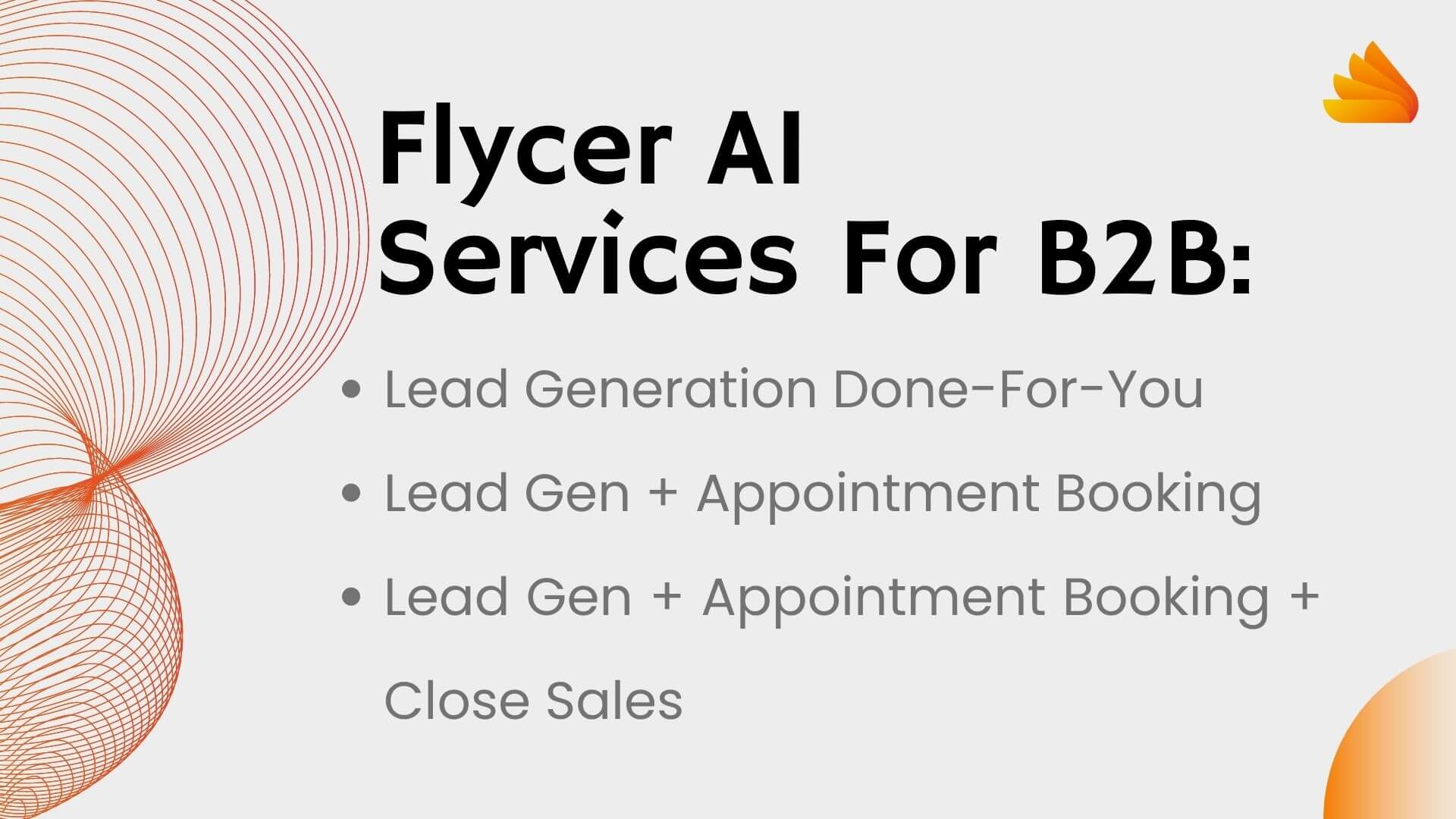Introduction
In today’s highly competitive business world, B2B companies face a significant challenge in generating leads that convert to customers. B2B lead generation is the process of identifying and engaging with potential customers, who are interested in your products or services, and encouraging them to make a purchase. Generating high-quality leads is essential to the success of any business, regardless of its size or industry.
Definition of B2B Lead Generation
Lead generation refers to the process of identifying and attracting potential customers for your business. In the B2B context, it involves targeting other businesses as potential customers. The process typically involves several steps that include creating interest in your product/service, nurturing prospects through various communication channels, and ultimately converting them into paying customers.
Importance of B2B Lead Generation for Businesses

Effective lead generation is crucial for businesses that want to grow their customer base and increase revenue. By generating high-quality leads, businesses can establish a pipeline of potential customers that they can nurture over time until they are ready to make a purchase.
This helps maintain long-term customer relationships and boosts repeat business. The most significant benefit of b2b sales lead generation is the ability to target the right audience effectively.
With proper targeting techniques such as buyer personas and market research analysis, you can identify prospects most likely to become paying customers. This saves you time and resources by focusing on those who have already shown interest in your product/service.
An effective lead generation strategy also helps measure ROI from marketing investments accurately. By tracking leads generated from different sources such as email campaigns or social media ads, businesses can identify which strategies work best for them.
Flycer AI is a lead generation company that offers full done for you service. If you want a full done for you service, Flycer AI can become your lead generation choice and generate b2b sales leads for your company, even booking your appointments so you just have to show up for the meeting!.
Overview of the Article
This article will provide an overview of effective strategies for doing B2B lead generation done for you. We will cover everything from how to identify your target audience to creating effective lead magnets and website optimization techniques, using social media, email marketing, networking and referral marketing strategies, and measuring results. By the end of this article, you should have a solid understanding of how to generate high-quality B2B leads that can help grow your business.
Understanding Your Target Audience
Identifying Your Ideal Customer Profile (ICP)

The first step in B2B lead generation is to understand the type of customer you are targeting. This process begins with creating an ideal customer profile, or ICP. An ICP is a detailed description of the type of company that would be interested in your product/service.
It includes company size, industry, location, and any other relevant characteristics. To create an ICP, start by analyzing your current customers and identifying commonalities between them.
Look for patterns in their company size, industry, job titles and responsibilities, as well as their goals and challenges. From there, you can create a detailed description of your ideal customer based on your findings.
Creating Buyer Personas
Once you have identified your ideal customer profile, the next step is to create buyer personas. A buyer persona is a fictional representation of your ideal customer that includes demographics such as age and gender as well as psychographic information like interests and values.
To create a buyer persona for B2B lead generation purposes, start by researching the job titles that are typically involved in the decision-making process for purchasing products/services like yours. This may include C-level executives or managers in specific departments such as marketing or IT.
When creating a buyer persona, it’s important to consider their goals and challenges within their role at their company. This will help you tailor your messaging to address their specific pain points.
Conducting Market Research

Conducting market research can provide valuable insights into your target audience beyond the information gathered from creating an ideal customer profile and buyer personas. Market research can help uncover trends within specific industries or regions that may impact how you approach B2B lead generation for those audiences. Some ways to conduct market research include analyzing industry reports or publications, conducting surveys or focus groups with your target audience, or gathering information from online communities and forums.
By conducting thorough market research, you can gain a deeper understanding of your target audience’s behaviors and interests. This will help you tailor your B2B lead generation strategies to effectively reach and convert potential customers within those audiences.
Developing a Lead Magnet
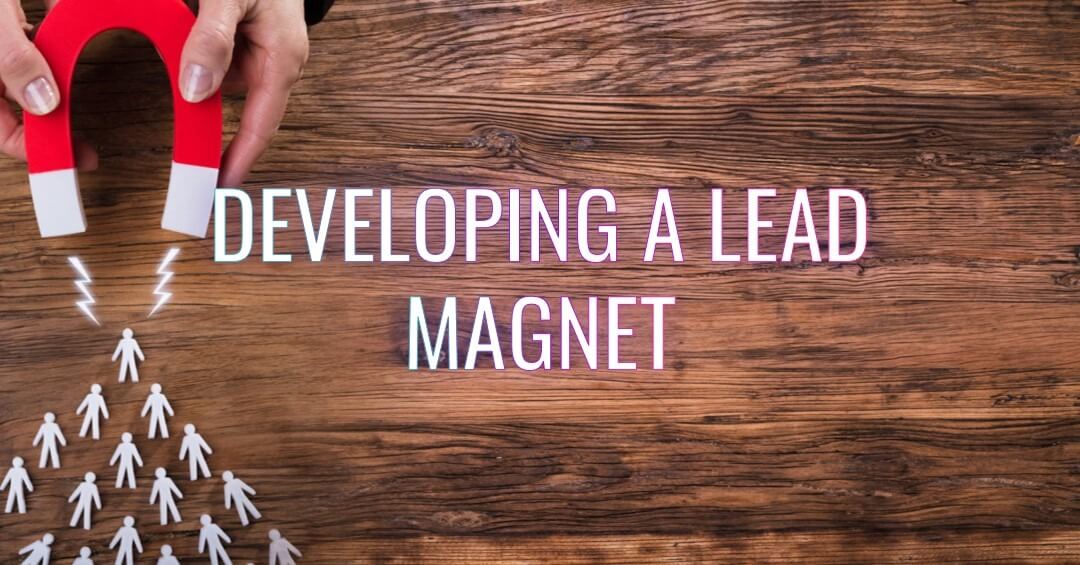
Lead magnets are the foundation of any successful B2B lead generation campaign. A lead magnet is an offer made to potential clients that incentivizes them to provide their contact information and become a lead.
The goal of a lead magnet is to build trust with your potential customers and encourage them to take action towards becoming a paying client. In this section, we will define what a lead magnet is, discuss the different types of lead magnets, and provide tips for creating an effective one.
Definition of a Lead Magnet
A lead magnet can be any valuable content or service that is offered in exchange for contact information. The key is that it provides something of value to the potential customer without requiring them to make any financial commitment upfront. This can include things like free downloads such as eBooks, white papers, case studies or reports on industry trends or market analysis.
The most important aspect of the lead magnet is that it aligns with your business’s overall value proposition. It should showcase your expertise and give potential clients a taste of what you have to offer as a business partner.
Types of Lead Magnets
There are several types of lead magnets that businesses can use depending on their goals and target audience. Some popular types include: – eBooks: A detailed guide on how to solve a problem or navigate an industry trend.
– Case Studies: An in-depth look at how your product or service has helped other businesses in similar situations. – Webinars: Interactive presentations where you educate potential clients on industry topics while also showcasing your expertise.
– Free Trials: Offering free access for limited time periods so users can test out products before committing financially. Each type has its own unique benefits and drawbacks, but all should be designed with the end-user in mind.
Tips for creating an effective Lead Magnet
Creating an effective lead magnet requires careful planning and execution. Here are a few tips to help you create an effective lead magnet: – Focus on solving problems: Your lead magnet should provide value by educating or offering solutions to common problems in your industry.
– Keep it simple: Avoid overwhelming potential leads with too much information. The goal is to pique their interest and encourage them to take action, not to give them the entire playbook.
– Make it visually appealing: A well-designed lead magnet will make your business look professional and trustworthy. – Keep it up-to-date: Make sure your content is current, accurate, and stays relevant for the foreseeable future.
Developing a strong lead magnet is a critical component of any successful B2B lead generation campaign. As businesses compete for attention in today’s marketplaces, creating a valuable offer that stands out from the crowd can be what makes the difference between generating leads and losing their attention.
Optimizing Your Website for Lead Generation
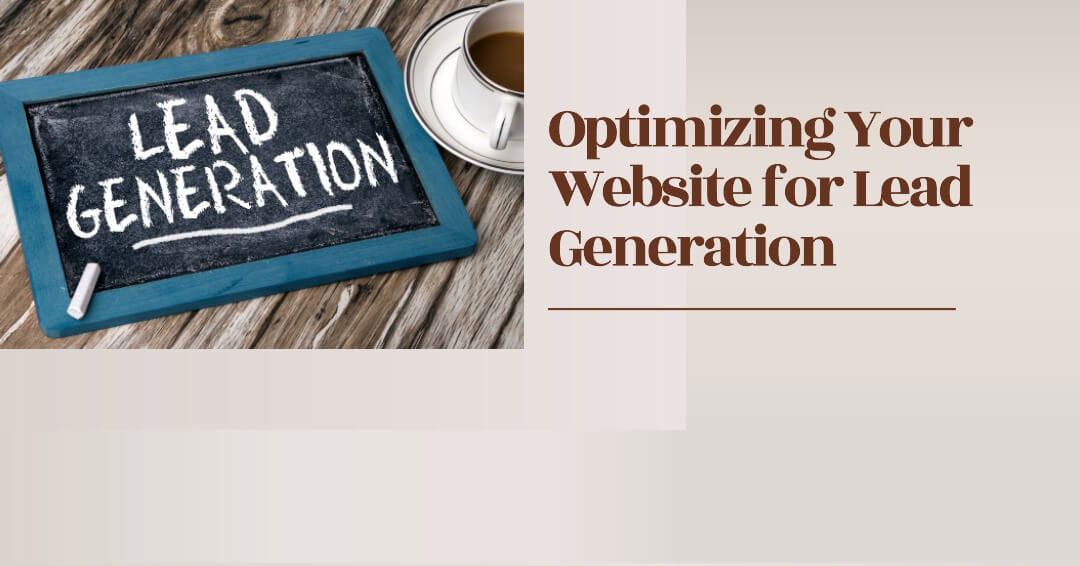
A website is the digital storefront of your business, and it plays a vital role in lead generation. Therefore, designing an attractive website that provides a great user experience to your visitors is crucial. A user-friendly website will keep your visitors engaged and can increase the chances of converting them into leads.
Designing a User-Friendly Website
Your website must be visually appealing, professional, and easy to navigate. Use simple color schemes that complement each other and make sure your website loads fast.
Additionally, ensure that your site is optimized for mobile devices since more than half of all internet traffic comes from mobile devices. It’s also important to ensure that the content on your site is well-organized.
Use clear headings and subheadings to make it easy for visitors to find what they need quickly. The layout should be intuitive so people can easily understand where they are on the page.
Creating Landing Pages That Convert
Landing pages are standalone web pages created specifically for lead generation purposes. The goal of a landing page is to convince visitors to fill out a form or contact you in some way. Creating an effective landing page requires several elements such as headlines, sub-headlines, relevant images or videos, social proofing elements like customer reviews or testimonials, and a clear call-to-action button (CTA).
The CTA’s should be prominent on the page so that users don’t miss them. The language used in a CTA should also be compelling enough to encourage users to take action immediately instead of later.
Implementing Call-to-Actions (CTAs)
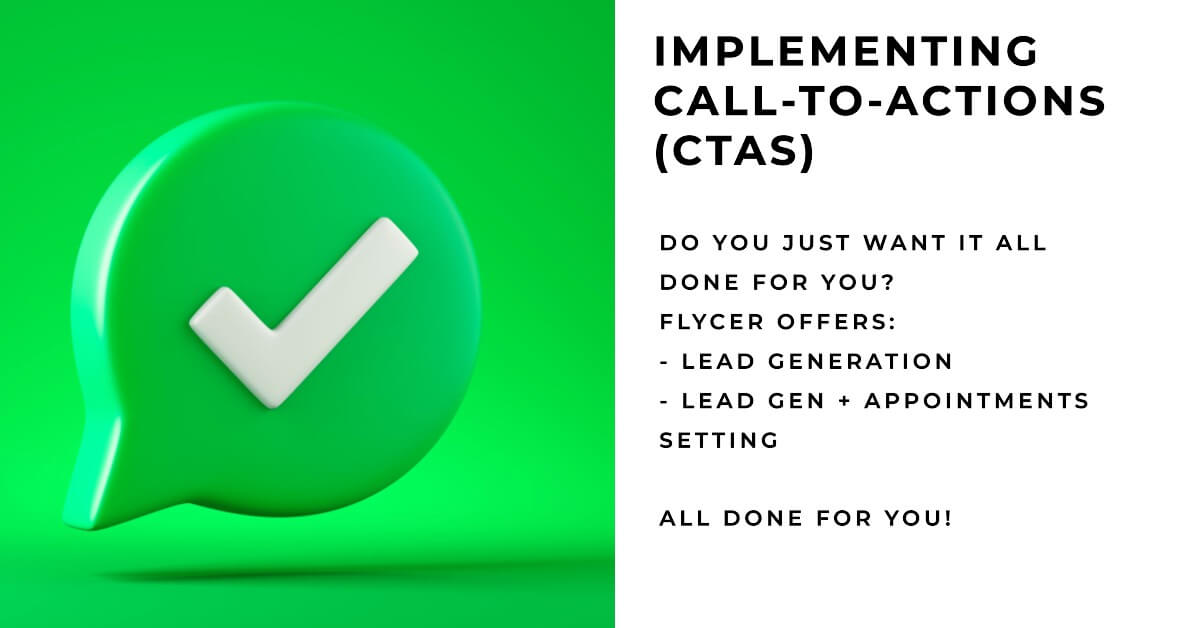
CTAs play an essential role in B2B lead generation because they prompt potential customers to take specific actions such as filling out a form or downloading an e-book from the landing page. As previously mentioned, CTAs should be prominent on the website, and their language should be compelling enough to encourage action.
It’s essential to ensure that your CTAs are relevant to the pages they’re on. For example, if a visitor is reading a blog post about email marketing, the CTA at the end of that blog post should be relevant to email marketing.
Optimizing your website for lead generation can increase conversions and ultimately lead to more sales. By designing user-friendly websites, creating landing pages that convert, and implementing effective CTAs, you’ll be able to generate more leads for your business.
Utilizing Social Media for Lead Generation

Social media is a powerful tool that businesses can use for B2B lead generation, but it can be overwhelming to choose which platforms to use. Not every social media platform is the right fit for every business, so it’s important to research and select the platforms that your ideal customer profile (ICP) is most likely to use.
Choosing the Right Social Media Platforms
LinkedIn is often considered the go-to platform for B2B lead generation, but there are other platforms that can also be effective depending on your business and target audience. Twitter can be a great platform for real-time engagement with potential customers or industry influencers, while Facebook and Instagram can be useful for showcasing visually appealing content and building brand awareness. It’s important to not spread yourself too thin by trying to maintain a presence on every social media platform – focus on a few that are most relevant to your ICP.
Creating Engaging Content
Once you’ve identified which social media platforms are most relevant to your business, the next step is creating engaging content specifically tailored to each platform. Each platform has its own unique user behavior and best practices, so it’s important to tailor your content accordingly. On LinkedIn, focus on thought leadership articles or informative posts about industry trends.
On Twitter, engage in real-time conversations with potential customers or industry influencers using relevant hashtags. For visual-based platforms like Instagram and Facebook, aim for eye-catching photos or videos that showcase your product or service in action.
Utilizing Paid Social Media Advertising
While organic social media content can help generate leads, utilizing paid advertising on social media can take your efforts even further by reaching a highly targeted audience of potential customers. The advantage of paid advertising is its ability to target specific demographics such as job titles or industries so you’re reaching those who are most likely to be interested in your product or service.
It’s important to have a clear understanding of your target audience and use relevant keywords and messaging in your ads to maximize effectiveness. Additionally, regularly analyzing and refining ad performance can help you optimize for the best results.
Social media can be a valuable tool for B2B lead generation if used effectively. By choosing the right platforms, creating engaging content, and utilizing paid advertising, businesses can reach their ideal customers and generate quality leads that ultimately result in sales.
Email Marketing for Lead Generation
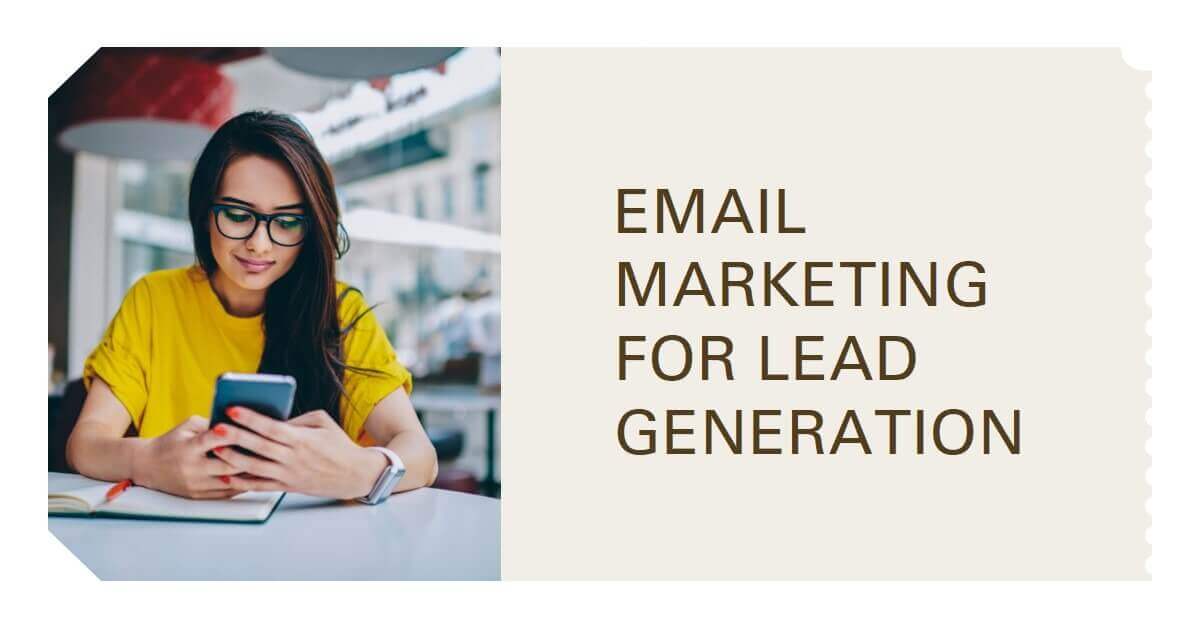
Email marketing is a highly effective B2B lead generation strategy that can generate high-quality leads when executed correctly. It involves building an email list, crafting effective email campaigns, and analyzing the results to optimize future campaigns. In this section, we will discuss each of these aspects in detail.
Building an Email List
The foundation of any successful email marketing campaign is a high-quality email list. There are various ways to build an email list, including offering lead magnets on your website, adding sign-up forms to your landing pages and blog posts, and networking with other businesses in your industry. It’s important to ensure that your email list includes only qualified leads who are genuinely interested in what you have to offer.
To keep your email list healthy and engaged, you should regularly clean up your list by removing inactive subscribers or those who have unsubscribed. Additionally, you should always provide an easy way for subscribers to update their preferences or unsubscribe from your emails.
Crafting Effective Email Campaigns
Once you have built a high-quality email list, the next step is to create effective email campaigns that engage and convert leads into customers. Your emails should be personalized and relevant to each subscriber’s interests and needs. To craft effective emails, it’s important to use attention-grabbing subject lines that entice subscribers to open your emails.
The body of the email should offer valuable content that solves a pain point for the reader or provides helpful information related to their interests. It’s also important to include clear calls-to-action (CTAs) in each of your emails that prompt subscribers to take action such as downloading a lead magnet or scheduling a call with one of your sales representatives.
A/B Testing and Analyzing Results
A/B testing is a powerful tool that allows you to compare different versions of an email campaign to determine which one performs better. By testing variables such as subject lines, email content, and CTAs, you can optimize your email campaigns for better results. To effectively analyze the results of your email campaigns, you should track key metrics such as open rates, click-through rates (CTR), and conversion rates.
These metrics will provide valuable insights into the performance of your email campaigns and help you identify areas that need improvement. By continuously analyzing the results of your email campaigns and making necessary adjustments, you can improve the performance of your B2B lead generation efforts and generate high-quality leads that convert into loyal customers.
Networking and Referral Marketing
Building Valuable Relationships for Long-Term Success

Networking and referral marketing are two powerful tactics that can significantly enhance your B2B lead generation efforts. Attending industry events, conferences, and trade shows provides you with the opportunity to meet potential customers, partners, and suppliers in person.
This is an excellent way to build relationships with other businesses in your industry, create brand awareness, and generate leads. When attending events, it’s essential to have a clear goal in mind.
Whether it’s meeting new contacts or closing deals with existing clients, you need to be prepared to network effectively. Bring plenty of business cards and a well-rehearsed elevator pitch that describes your business and its unique value proposition.
Also, research the attendees beforehand so that you can identify potential prospects. Another way to leverage networking for lead generation is through referral marketing.
Referrals are a cost-effective way to generate high-quality leads because they come from satisfied customers or partners who already trust your brand. Encourage referrals by asking happy clients for introductions or incentivizing them with discounts or rewards.
Building Relationships with Other Businesses in Your Industry
Building relationships with other businesses in your industry is crucial for B2B lead generation success. These relationships not only provide opportunities for partnerships but also help increase brand awareness through word-of-mouth marketing.
When building these relationships, it’s important to approach them as partnerships rather than just transactions. Look for shared values and goals between your businesses and seek ways to collaborate on projects or initiatives that benefit both parties.
One effective way to build these relationships is by offering value upfront without expecting anything in return. This could include sharing valuable resources or offering expert insights into your industry trends.
Don’t hesitate to reach out via email or social media platforms such as LinkedIn since many professionals prefer digital communication methods nowadays. Be consistent in your communication with these businesses.
Keep them updated on your latest products, services, and any industry news that may be relevant to them. By doing so, you’ll remain top-of-mind when they need your services or products.
Encouraging Referrals from Satisfied Customers

Referral marketing is one of the most effective ways to generate high-quality leads for your business. It involves encouraging satisfied customers to refer their friends, family, or colleagues to your business in exchange for some form of incentive.
To encourage referrals, start by creating a referral program that rewards customers who bring new business to you. This could be in the form of discounts on future purchases or free products and services.
Make it easy for customers to refer their network by providing them with ready-made referral emails or social media posts they can share with their contacts. Personalize these messages as much as possible and include a clear call-to-action that encourages recipients to take action.
Also, don’t forget to follow up with customers who have referred others and thank them for their efforts. Personalized thank-you notes go a long way in building customer loyalty and increasing the chances of future referrals.
Networking and referral marketing are two powerful strategies that can significantly enhance B2B lead generation efforts when used correctly. Attend industry events, conferences, and trade shows prepared with an elevator pitch and business cards.
Build relationships with other businesses by offering value upfront without expecting anything in return while collaborating on projects or initiatives that benefit both parties at no cost initially. Encourage referrals from satisfied customers through referral programs incentivizing them with discounts on future purchases or free products/services; make it easy for them by providing ready-made messages they can personalize before sharing it within their network; follow up often after they refer others!
Measuring and Analyzing Results
Defining Key Performance Indicators
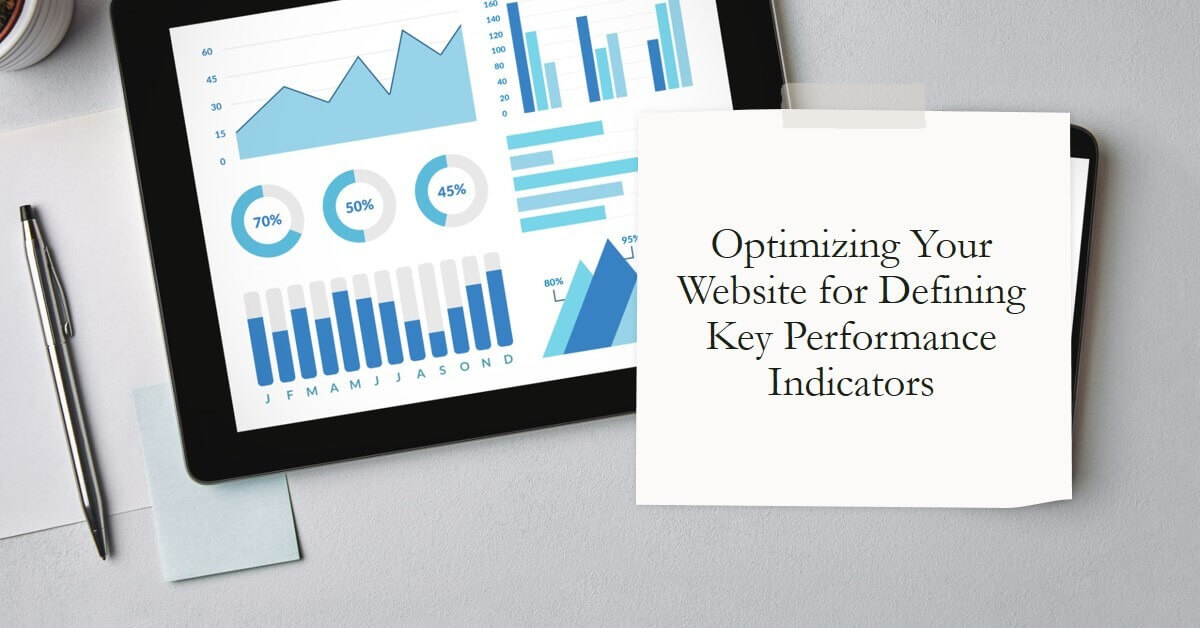
Before you can measure the effectiveness of your B2B lead generation efforts, you need to define the key performance indicators (KPIs) that matter most to your business. These KPIs are the metrics that will help you track progress towards your goals and identify areas where you need to improve.
Some common KPIs for B2B lead generation include: – Conversion rate: The percentage of website visitors who take a desired action, such as filling out a form or making a purchase.
– Cost per lead: The amount of money spent on generating each new lead. – Lead quality: The percentage of leads that are likely to become paying customers.
– Sales revenue generated by leads: The amount of revenue generated by the leads generated through your B2B lead generation efforts. By tracking these KPIs over time, you can gain valuable insights into how well your B2B lead generation strategies are working and identify areas for improvement.
Analyzing Results

Once you have defined your KPIs, it’s important to regularly analyze and evaluate the results of your B2B lead generation efforts. This involves looking at data from various sources, including website analytics tools, social media platforms, email marketing software, and customer relationship management (CRM) systems.
Analyzing this data can help you answer important questions about your B2B lead generation efforts, such as: – Which channels are driving the most traffic to my website?
– Which types of content are generating the most leads? – Are my email campaigns effective at driving conversions?
– What is the average conversion rate for each channel? By answering these questions and others like them, you can make data-driven decisions about how to optimize your B2B lead generation strategies for maximum impact.
Conclusion
B2B lead generation is an essential component to the success of any business. By understanding your target audience, developing an effective lead magnet, optimizing your website for lead generation, utilizing social media and email marketing, and networking with other businesses in your industry, you can generate high-quality leads that are likely to convert into paying customers.
To ensure that your B2B lead generation efforts are successful over the long term, it’s important to regularly measure and analyze results. By defining key performance indicators and analyzing data from various sources, you can gain valuable insights into how well your strategies are working and identify areas for improvement.
By consistently optimizing your B2B lead generation strategies based on data-driven insights, you can generate a steady stream of leads that will help drive sustainable growth for your business. So don’t be afraid to experiment with different tactics and techniques – and always keep a close eye on the results!


